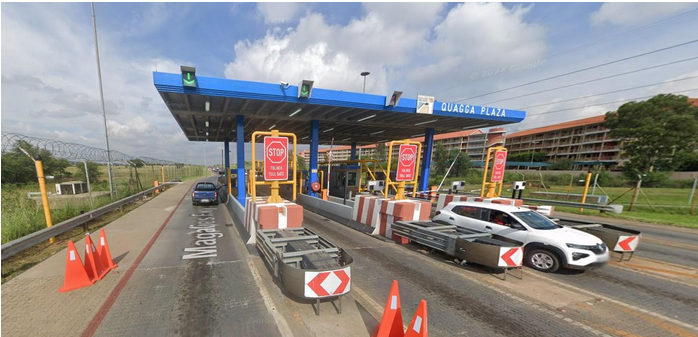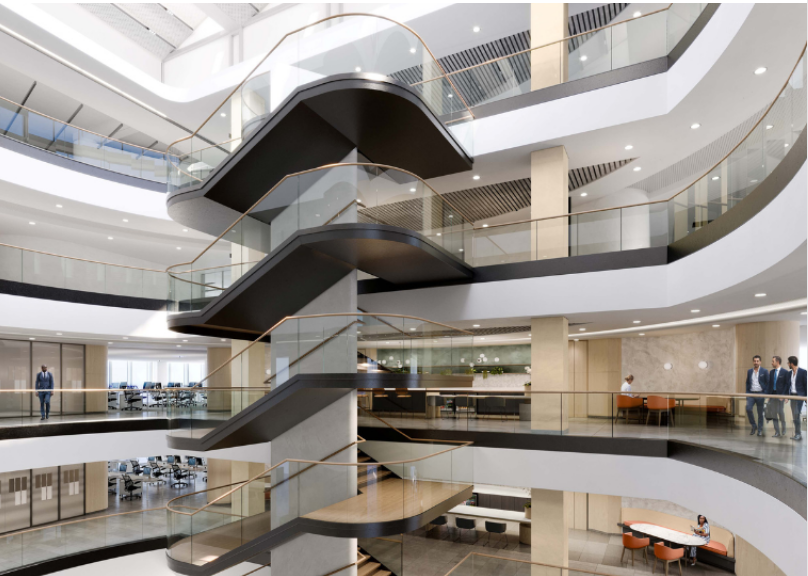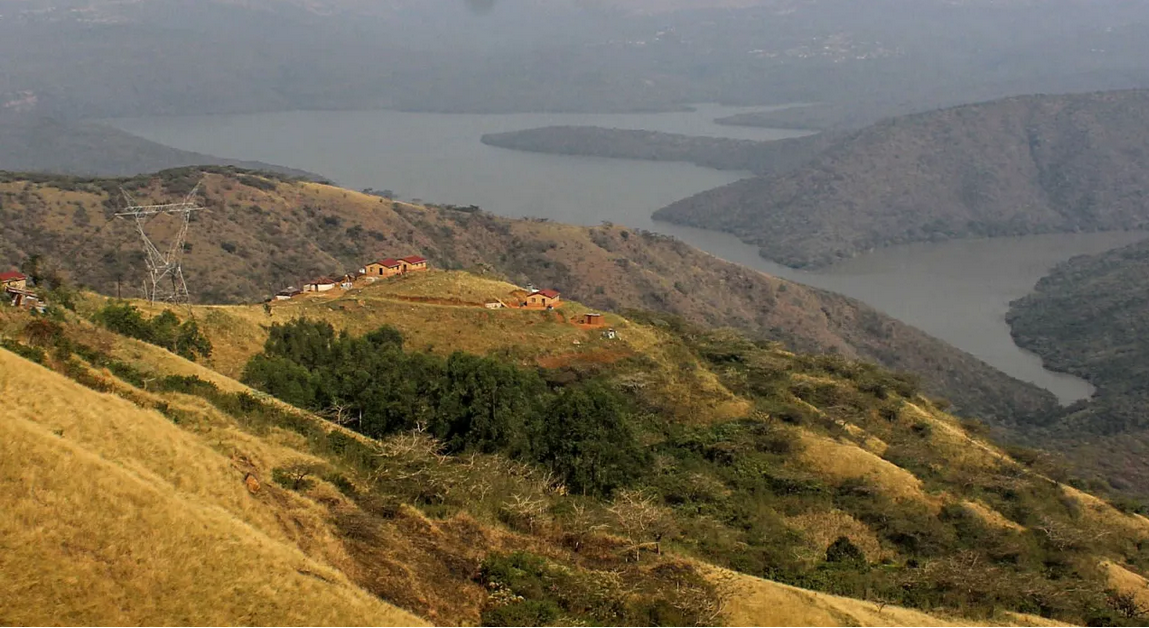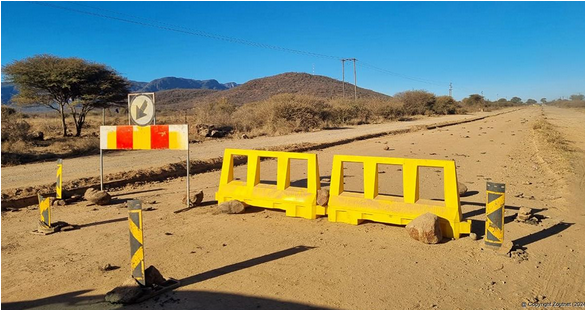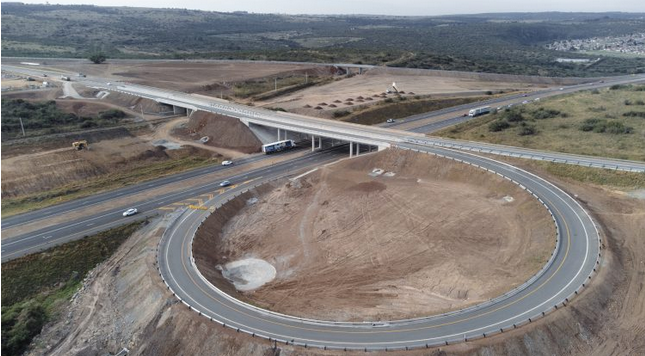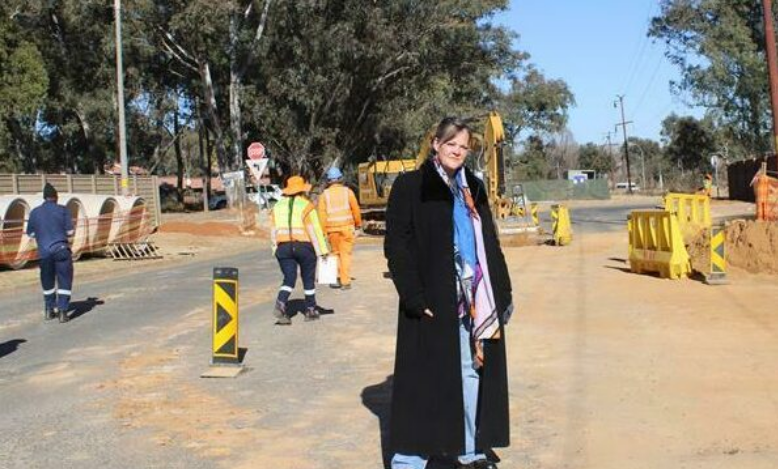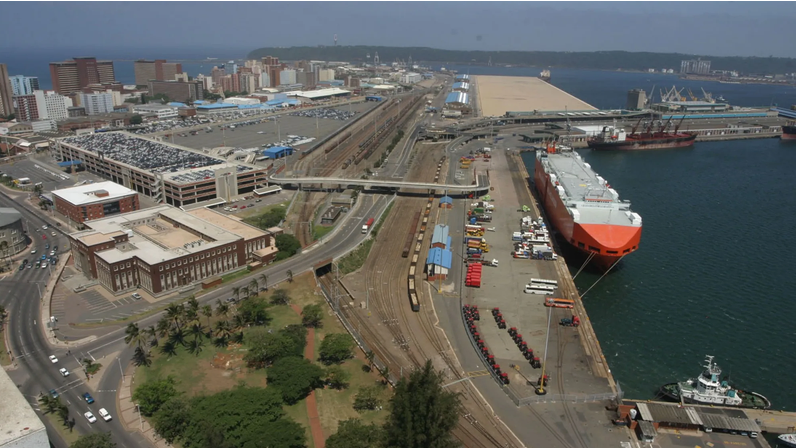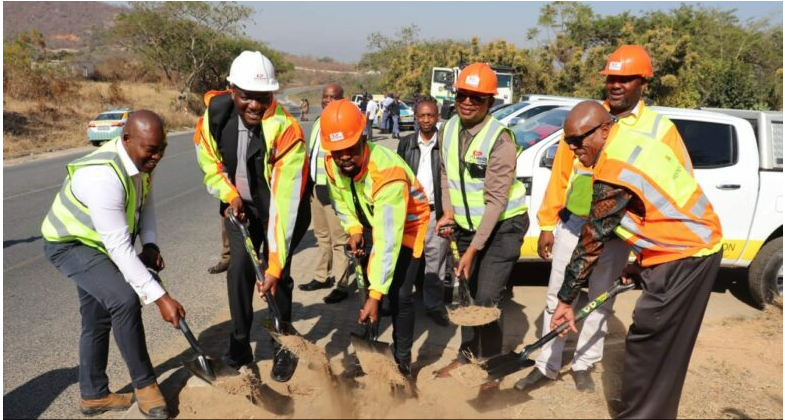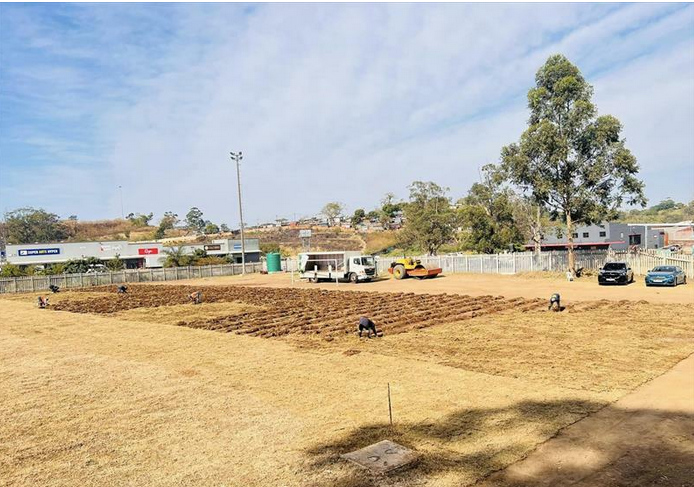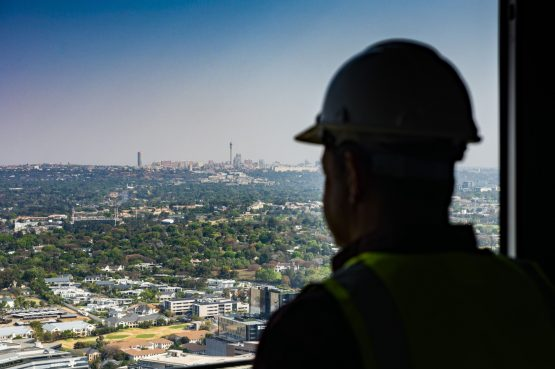Industry fights expansion of wind farms in Eastern Cape
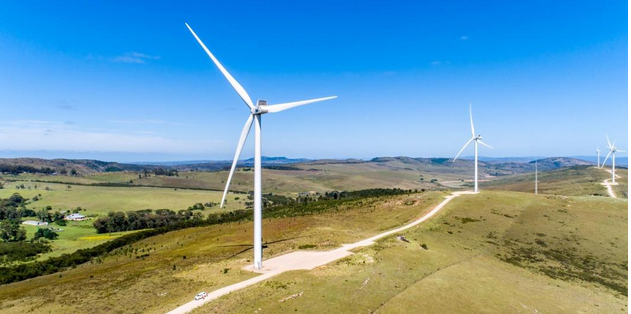
22-02-2024
Read : 147 times
Daily Southern & East African Tourism Update
Source
The tourism industry in the Eastern Cape is fighting to prevent the expansion of wind farm construction close to the province’s leading game reserves, arguing that the facilities will have an irreversible impact on the biodiversity, visual integrity and tourism value of the region.
Wind energy company EDF Renewables operates several wind farms in the province, and is currently proposing to construct a new facility – the Albany Wind Energy Facility (WEF), approximately seven kilometres east of Makhanda (Grahamstown). The WEF will consist of up to 25 turbines and facility infrastructure with a total footprint of up to 45 ha.
Following a formal scoping and environmental impact assessment process, Environmental Authorisation for the project was granted by the Department of Forestry, Fisheries and the Environment (DFFE) on March 18, 2022.
Indalo, an association of private reserves in the region – including Kwandwe, Shamwari, Kariega, Lalibela, Pumba, Amakhala, Hopewell and Oceana – subsequently appealed the authorisation. DFFE Minister Barbara Creecy issued an interim appeal decision on October 10, 2023, instructing EDF Renewables to finalise its Environmental Management Programme and Layout plans, a process that is currently under way.
Tourism stakeholders have cited visual impacts and potential disruptions to environmentally sensitive areas as reasons for vehemently opposing the project.
“This is mainly about visual impact and the destruction of the character and sense of place of the natural wildlife areas in the Eastern Cape, on which nature and wildlife tourism and other wildlife-based activities are 100% dependent. Wildlife tourists will not come to an area littered with wind farms. The sustainable protection of biodiversity and conservation in the region will not be possible without tourism,” said Graeme Rushmere, Director of the Kariega Game Reserve.
“In the Eastern Cape, the landscape is already dotted with approximately 600 wind turbines constructed or under construction, generating nearly 1500MW of wind energy. Initial wind farm developments were mostly located to avoid highly sensitive areas, minimising environmental impacts on the region as best as possible. However, recent approvals have increasingly greenlit wind farms in highly sensitive areas, posing threats to tourism, employment, and biodiversity,” Rushmere added.
He pointed out that the wind turbines would be 220 metres in height, significantly taller than those of similar wind energy facilities such as the Waainek wind farm, where the turbines stand at 140 metres.
“The Albany wind farm not only poses a direct threat to Makhanda's scenic beauty and sense of place, but will fall directly in the middle of some of the world’s most important and scenic biodiversity areas and the most successful Black rhino breeding and re-location programme in the world, all relying on tourism for their sustainability,” said Rushmere.
He said the appellants acknowledged the urgent need for new power generation, but voiced concern that the Albany WEF was “the tip of an iceberg” for plans to extensively expand the development of wind farms.
“While supportive of renewable energy, meticulous planning for the anticipated additional 4000MW wind energy development (comprising up to 1 000 turbines) targeted in the region, and the potential for use of solar PV as an alternative with lower tourism and regional impact, is crucial to avoid irreversible detrimental impacts.”
Developer ‘clears up misperceptions’
In response to the outcry, EDF Renewables stated that Albany wind farm had “complied fully with all scoping and EIA requirements for project approval”, carrying out a variety of full impact assessment studies between 2018 and 2022.
“Biodiversity impacts have been assessed and documented by suitably qualified and experienced independent specialists. During this period, full impact assessment studies included specialist assessments that specifically considered the impact of the facility on agriculture, avifauna, bats, terrestrial biodiversity, heritage, noise, palaeontology, socio-economic, traffic as well as any visual impact,” said EDF Renewables Head of Communications, Susan Parker-Smith.
While Parker-Smith said the overall layout had been designed to minimise visual impact, the full visual impact assessment study undertaken by environmental and social advisory services firm CES found that: “The overall cumulative visual impact of Albany WEF together with the three (other) facilities in the region is ultimately expected to be of high significance (both during the day and at night) due to its elevated location on the Kaprivierberge, its proximity to the Cookhouse REDZ and existing Waainek Facility.”
This is despite decreasing the number of originally proposed turbines from 43 to 25.
Parker-Smith said it was “important to clear up several misperceptions being disseminated by project opponents” and to “review the real far-reaching benefits of the project” to communities.
She pointed out that during construction, the project had the potential to create up to 900 jobs at its peak, with around 300 opportunities for general workers from local communities and the remainder split between specialised and non-specialised skilled workers sourced from surrounding areas.
“With similar projects already in operation in the target area and an abundance of higher learning institutions, we anticipate a higher pool of skilled labour which will increase the participation rate of the number local community workers,” Parker-Smith said
The proposed facility will be located on municipal land with commonage conditions in favour of small-scale farmers, private landowners and four community property associations which were the beneficiaries of a land restitution programme in 2004.
“These impoverished communities will all benefit from rental payments, in addition to the job creation opportunities during the construction phase, followed by social and economic upliftment programmes during the operational life of the facility,” said Parker-Smith.
EDF Renewables plans to spend approximately 2% of turnover on socio-economic and enterprise development programmes, while approximately R40 million (€1.95m) will be spent on small businesses, prioritising local and black women-owned enterprises.
Rushmere cautioned, however, about the potential loss of jobs from the tourism industry, which he described as the fastest-growing sector in the Eastern Cape.
“If the government and the wind farm developers do not take a more discerning and informed approach to the positioning of wind farms in the Eastern Cape and its sensitive and tourism and wildlife areas, it will destroy tourism and the potential of the province. Existing and potential future jobs will be lost.
“Would the Western Cape allow wind farms in its high tourism areas like Cape Point, Cape Town areas or Stellenbosch and the Winelands? Would wind farms be developed in the Kruger National Park or other iconic wildlife areas in the country? Very definitely not. It amounts to tourism and economic suicide, on the back of ecocide,” Rushmere added.
Recent News
Here are recent news articles from the Building and Construction Industry.
Have you signed up for your free copy yet?
